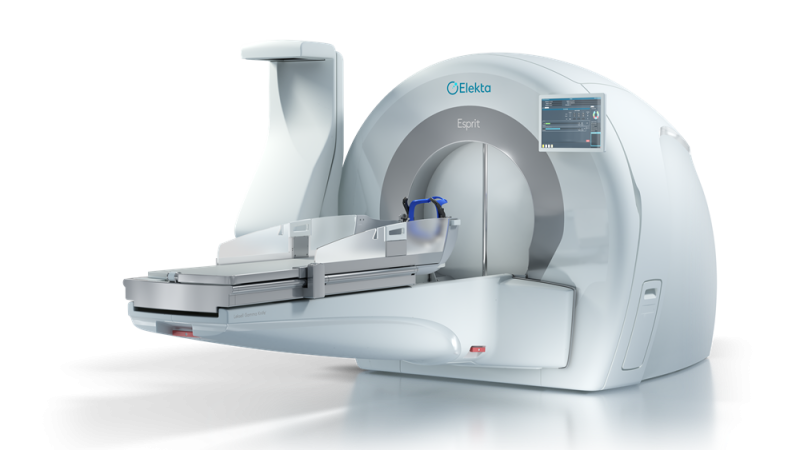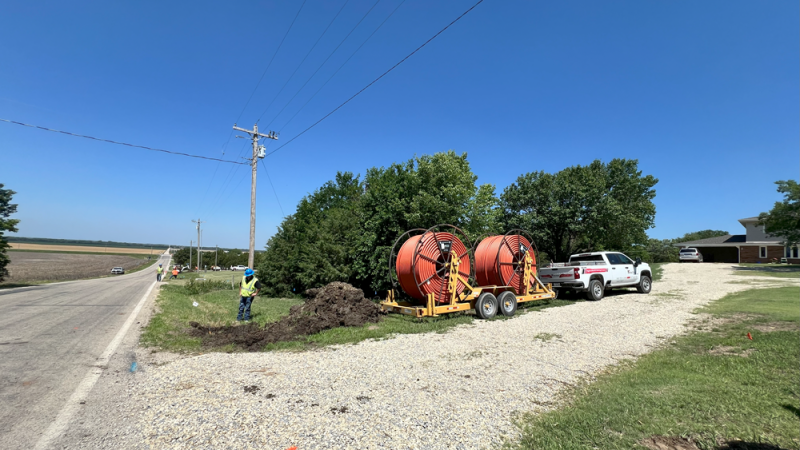How IoT Mobile Apps Are Transforming Predictive Maintenance in Manufacturing
The manufacturing industry has traditionally relied on reactive and preventive maintenance to keep operations running. These approaches often led to unexpected downtime or unnecessary repairs. Today, predictive maintenance—enabled by the Internet of Things (IoT) and mobile applications—is changing the game. By leveraging real-time data and advanced analytics, IoT mobile apps help manufacturers anticipate equipment failures, optimize maintenance schedules, and improve efficiency.
The Shift Toward Predictive Maintenance
Predictive maintenance uses real-time monitoring to detect early signs of equipment issues. Unlike reactive maintenance (after a failure) or preventive maintenance (based on schedule), predictive strategies rely on live data and analytics to forecast failures before they occur.
IoT plays a crucial role in this process:
- Sensors track parameters like temperature, vibration, and pressure.
- Analytics detect patterns and predict issues using machine learning.
- Mobile apps deliver these insights directly to maintenance teams.
According to Statista, the global industrial IoT market is expected to hit $275.7 billion by 2025, highlighting its growing importance in manufacturing.
The Role of IoT Mobile Apps
IoT mobile applications act as the bridge between data-generating devices and maintenance professionals. These apps gather and present complex data in an accessible format, enabling proactive decision-making. A reliable IoT app development company is essential for building custom apps that meet specific manufacturing needs and integrate seamlessly with existing systems.
For instance, a tailored IoT app might connect with a factory’s sensor network, run real-time diagnostics, and instantly alert technicians to anomalies—preventing costly downtime.
Key Features
IoT mobile apps for predictive maintenance often include:
- Live Monitoring: Real-time performance tracking of machinery.
- Predictive Alerts: Notifications for abnormal patterns (e.g., temperature spikes).
- Data Dashboards: Intuitive visualizations of equipment trends.
- Maintenance Scheduling: Smart recommendations for optimal servicing times.
- Remote Troubleshooting: Access and diagnostics from any location.
- ERP Integration: Syncing with systems to streamline inventory and workflow.
These features collectively reduce manual work, speed up response times, and improve visibility into operations.
Benefits for Manufacturers
Adopting IoT mobile apps for predictive maintenance delivers several measurable benefits:
- Less Downtime: Plan interventions before failures occur.
- Lower Costs: Reduce unnecessary repairs and emergency fixes.
- Longer Equipment Life: Monitor wear and perform timely interventions.
- Increased Safety: Detect issues before they cause hazards.
- Efficiency Gains: Focus resources on the most critical maintenance tasks.
- Informed Decisions: Leverage accurate data for smarter planning.
Implementation Challenges
Despite the advantages, some manufacturers face barriers when implementing IoT mobile solutions:
- Security Risks: Protecting sensitive equipment data from cyber threats is essential.
- Complex Integrations: Linking new tech with legacy systems can be difficult.
- Upfront Costs: Sensors, analytics tools, and app development require investment.
- Training Needs: Staff may need time to adapt to new workflows.
- Scalability: As IoT ecosystems grow, systems must handle increasing data loads.
Fortunately, most of these challenges can be addressed with proper planning and guidance from an experienced IoT app development company.
Industry Use Cases
IoT mobile apps are already transforming predictive maintenance in real-world applications:
- Automotive: Monitoring assembly line robots to reduce stoppages.
- Energy: Tracking turbine health in power plants to prevent blackouts.
- Pharmaceuticals: Ensuring cleanroom equipment meets strict standards.
- Aerospace: Predicting service needs for high-value, complex machines.
These examples highlight the versatility and tangible benefits of IoT-powered predictive maintenance across sectors.
What’s Next?
The future of predictive maintenance will be shaped by continued innovation in IoT mobile applications:
- 5G Networks: Faster data transmission supports real-time factory-scale monitoring.
- AI Enhancements: More accurate failure predictions reduce false alarms.
- Edge Computing: Local data processing improves app responsiveness.
- AR Support: Technicians may receive real-time guidance via augmented reality overlays.
As these technologies mature, they will unlock even more powerful and intuitive mobile tools for manufacturers worldwide.
Final Thoughts
IoT mobile applications are redefining maintenance strategies in manufacturing. With features like live monitoring, predictive alerts, and ERP integration, they help reduce downtime, improve safety, and extend equipment life. While implementation can be challenging, partnering with the right IoT app development company can ensure a scalable, secure, and effective solution. As 5G, AI, and edge computing evolve, IoT apps will continue to lead the charge in making predictive maintenance smarter and more accessible.







